
The GlucoSensor™ Continuous Glucose Monitoring System (CGMS) is intended for continuous or frequent monitoring of interstitial glucose levels in individuals aged 14 years and older. It is suitable for both home use and healthcare settings.
Results should always be interpreted based on glucose trends and multiple sequential readings over time. The system supports the timely detection of hypoglycemia and hyperglycemia, but it is intended as supplemental information only. It must not be used for diagnosis or as the sole basis for therapy adjustments. In case of symptoms or uncertainty, always confirm with a fingerstick blood glucose test before making treatment decisions.
1.2 Intended User Group
The GlucoSensor™ is primarily intended for people with diabetes, providing continuous insights into glucose levels that support daily self-management and more informed lifestyle choices. It is also suitable for individuals who want to better understand how food, exercise, stress, and sleep affect their glucose patterns. By offering real-time feedback, the system helps users make healthier decisions and maintain energy and balance in everyday life.
1.3 Contraindications
The GlucoSensor™ CGMS must not be used in situations where safe and reliable operation cannot be ensured. Contraindicated for:
- Individuals with chronic alcohol or drug abuse, or severe psychiatric conditions such as major depression or schizophrenia.
- Users who are unconscious or unable to participate actively in their care.
- People unable to understand or correctly operate the device.
- Individuals with severe visual or hearing impairments.
- Children under the age of 14, or users who cannot self-administer therapy without constant supervision.
1.4 Precautions & Warnings
The GlucoSensor™ Continuous Glucose Monitoring System (CGMS) is intended to provide supplemental glucose information and must not be used for diagnosis or as the sole basis for therapy adjustments. Always confirm with a fingerstick blood glucose test before making treatment decisions.
Before undergoing an MRI scan, the sensor and transmitter must be completely removed. The system contains small parts that could pose a choking hazard if swallowed.
During rapid glucose changes (greater than 0.1 mmol/L per minute, or 1.8 mg/dL per minute), readings may temporarily differ from actual blood glucose. Falling glucose may display higher than actual, while rising glucose may display lower. Always confirm with a fingerstick test if symptoms occur.
Accuracy may be affected by severe dehydration. If readings seem inconsistent, perform a fingerstick test and recalibrate if needed. Replace the sensor if issues persist.
The system has not been evaluated in gestational diabetes or in combination with implantable devices such as pacemakers.
Only compatible components should be used. Do not use if the product is damaged or malfunctioning. In healthcare settings, gloves should be worn when handling the system.
The app does not support visually impaired users. Any incident related to the app should be reported to GlucoSensor™. Illustrations in this guide are for reference only; the actual product may vary.
2. Product Description
2.1 System Configuration
The GlucoSensor™ CGM System consists of:
- GlucoSensor™ App – for iOS and Android, providing real-time data, alerts, reports, and sharing options.
- Transmitter – a reusable, three-year device that collects sensor data and communicates securely via Bluetooth.
- Glucose Sensor with Applicator – a sterile, single-use sensor (10 days) supplied with an applicator for safe, consistent placement.
2.2 Transmitter
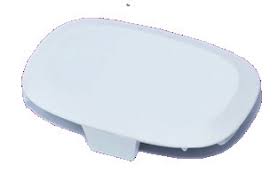
- The transmitter collects and stores glucose readings from the sensor and transmits them securely to the GlucoSensor™ App via Bluetooth Low Energy (BLE).
- Each transmitter is designed for reliable use over a three-year lifespan and is included in the Starter Kit. Lightweight and discreet, it communicates automatically with the app within a range of about 2 meters.
- If Bluetooth connection is interrupted, the transmitter’s onboard memory will temporarily store glucose data and transfer it once reconnected, ensuring no data is lost.
Transmitter package includes:
- 1 Transmitter
- 1 Quick Guide
2.3 Glucose Sensor
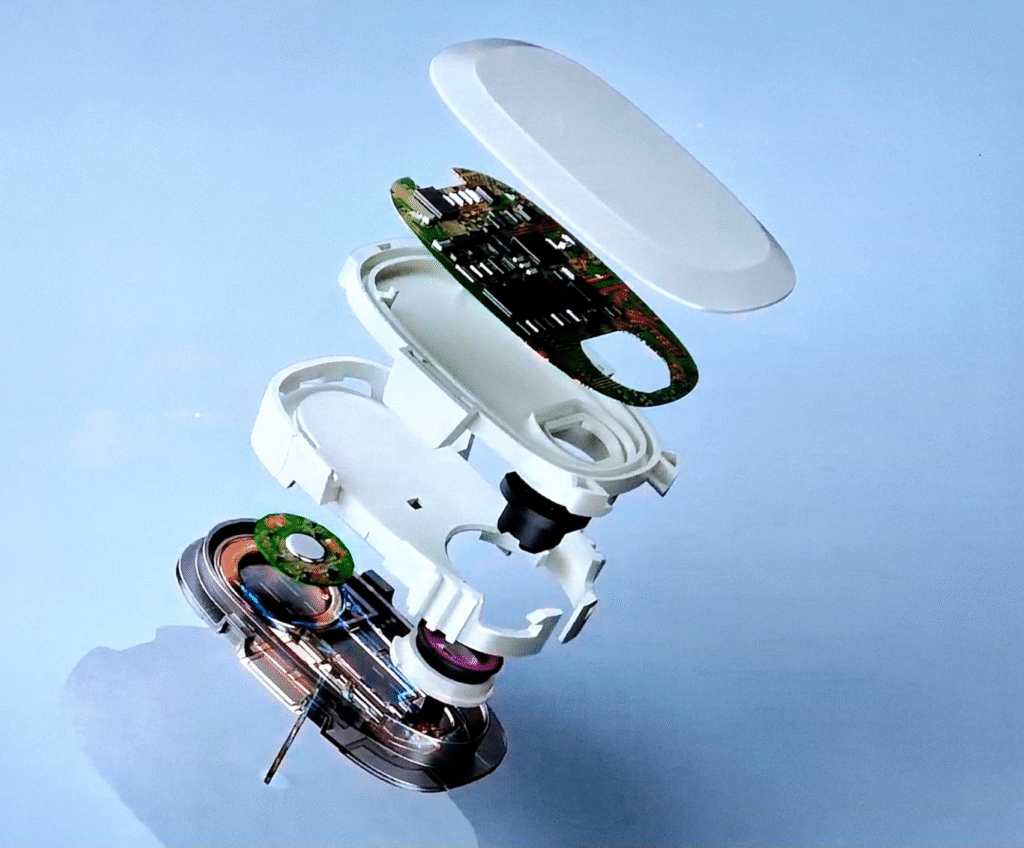
- The GlucoSensor™ is a sterile, single-use sensor with a wear time of 10 days. Each sensor is packaged with an integrated base and adhesive for secure placement and is sterilized by gamma irradiation.
- The sensor is CE-certified and designed for reliable monitoring with a reported MARD of 9.1%. It is rated IPX7 waterproof, meaning immersion up to 1 meter for 30 minutes. For swimming, bathing, or exercise, the included overlay patch is recommended for extra adhesion.
2.4 Sensor Applicator
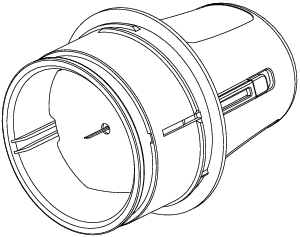
- The GlucoSensor™ applicator is a single-use device designed for safe, hygienic, and consistent insertion. With one press, it places the sensor beneath the skin and secures the adhesive patch, ensuring stable and comfortable wear.
2.5 GlucoSensor™ App
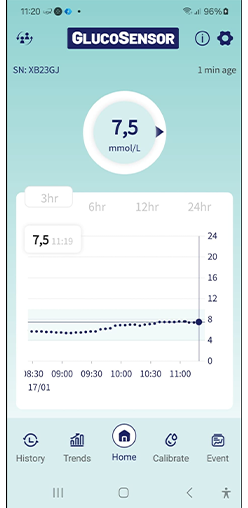
- The app receives new glucose readings every five minutes and displays them in real time. It provides clear graphs of glucose trends, sends alerts when values exceed personal limits, and generates detailed reports for review.
- Units can be shown in mmol/L or mg/dL, adjustable at any time via the Settings menu.
2.6 Compatibility
- Compatible with:
- iOS devices running iOS 10.0 or later, with at least 2 GB RAM
- Android devices running Android 8.0 or later, with at least 3 GB RAM
- A Wi-Fi or cellular connection and Bluetooth are required for pairing and data synchronization.
3. User Instructions
3.1 Downloading and Installing the App
The GlucoSensor™ App is available for both iOS and Android. You can download it directly from the App Store or Google Play by searching for “GlucoSensor.” Make sure you select the correct version (mmol/L or mg/dL).
Minimum requirements:
- iOS: iOS 10.0 or later, minimum 2 GB RAM, 200 MB free storage.
- Android: Android 8.0 or later, minimum 3 GB RAM, 200 MB free storage.
A Wi-Fi or mobile data connection and Bluetooth are required for installation and pairing with the transmitter. Once downloaded, the app installs automatically on your device.
3.2 Registration, Login, and Password Reset
Registration
Open the app and tap Register. Enter your email address and create a secure password. You must first accept the App End-User License Agreement (EULA) and the Privacy Policy before continuing. To complete registration, confirm the Multi-Factor Authentication (MFA) code sent to you by SMS or email.
Login
Log in using your registered email address and password. Depending on your security settings, you may also be prompted to enter an MFA code.
Password reset
If you forget your password, tap Forgot Password, enter your email address, and follow the instructions in the verification email. For security reasons, the new password must be different from your previous one.
3.3 Initial Setup
When logging in for the first time, the app guides you through initial setup. Follow the on-screen instructions carefully to ensure that glucose data and alerts are received correctly:
- Enable Bluetooth – required for pairing the transmitter with your smartphone.
- Allow notifications – so that glucose alerts and other important system messages are delivered.
- Disable Do Not Disturb mode – otherwise alerts may be silenced.
- Configure glucose alerts – set your personal low and high glucose thresholds under Home → Settings → Alert Settings.
Completing these steps ensures your GlucoSensor™ App is ready to operate and will notify you promptly of any glucose changes.
3.4 Application: Transmitter and Sensor
Pairing the transmitter
The transmitter sends your continuous glucose readings to the GlucoSensor™ App via Bluetooth. During first-time setup, follow the on-screen steps, read the warnings carefully, then either enter the serial number (SN) manually or scan the QR code on the package to begin pairing.
After the first pairing, the transmitter will normally reconnect automatically. Manual pairing is only required again if you create a new account, use a new transmitter, or install the app on a new smartphone. Keep your phone within 2 meters of the transmitter during pairing. If pairing fails, restart the app and try again. If the issue persists, restart your phone or delete the transmitter in the app and repeat the process.
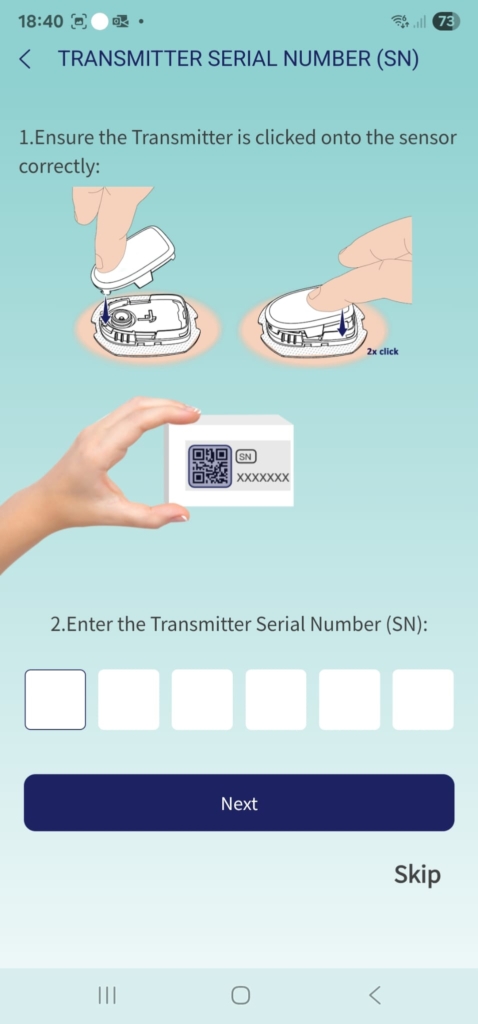
Unpairing the transmitter
To unpair, go to Settings → Transmitter → Unpair. If unpairing is unsuccessful, you can delete the transmitter record permanently. Always ensure the transmitter is connected before unpairing; otherwise, only the stored record will be removed.
Applying a sensor
Sensors are sterile, single-use devices packaged with a disposable applicator.
- Select a hair-free site, preferably the abdomen. The back of the upper arm may also be used. Avoid areas with scars, irritation, or excessive motion.
- Clean the skin with an alcohol wipe and let it dry.
- Open the sterile package and check the expiration date. Do not use if expired or damaged.
- Place the applicator firmly on the site and press the button to insert the sensor.
- Remove the applicator, leaving the sensor in place with its adhesive patch secured.
- Snap the transmitter into the sensor base until it clicks.
For additional stability, especially during sports or swimming, use the overlay patch. Wait at least 20 minutes before engaging in water activities or heavy exercise.
Sensor warm-up
A new sensor requires a 1-hour warm-up before readings appear in the app. Confirm “New Sensor” when prompted. If using a previously activated sensor, select “Used Sensor” to skip the warm-up. Do not interrupt or cancel this process, as it may lead to inaccurate readings.
Removing a sensor
Remove the sensor when the app shows it has expired, or if you experience skin irritation or discomfort. Peel the adhesive patch from the edge, detach the transmitter by pressing the release arms, and dispose of the used sensor according to local regulations. The transmitter can be reused.
3.5 App Functions
The GlucoSensor™ App contains several dashboards that give a complete overview of your glucose data:
- Home Dashboard – Displays your current glucose level in real time and shows glucose trends on a graph. You can select time intervals of 3, 6, 12, or 24 hours.
- History Dashboard – Provides a chronological record of glucose alerts, logged events, and daily glucose values.
- Trends Dashboard – Shows longer-term analysis, including average glucose, time in range, number of hypo- and hyperglycemia events, and variability indices such as MAGE, LBGI, and HBGI.
- Blood Glucose (Calibration) Dashboard – Allows you to enter reference values from a fingerstick test and calibrate the sensor when required.
- Events Dashboard – Lets you record insulin, carbohydrate intake, medication, and exercise, so you can track how these factors influence glucose.

3.6 Alerts
You can personalize the app to receive alerts when glucose values fall outside your set limits. Configurable options include high glucose alerts, low glucose alerts, and urgent low alerts.
The app also notifies you when:
- glucose is rising or falling rapidly, or
- the transmitter signal is lost.
Alerts appear as push notifications and are stored in the History Dashboard. Always confirm alert values with a fingerstick blood glucose test before making therapy decisions.
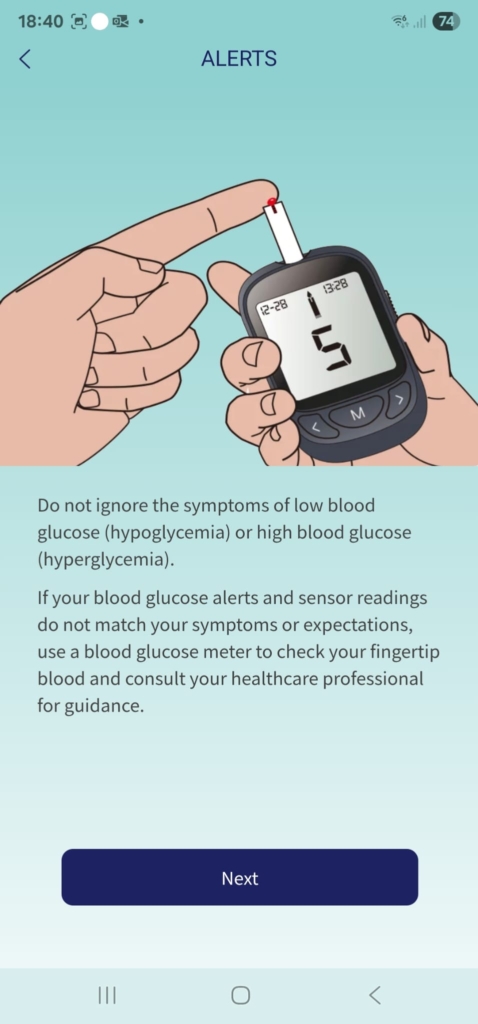
3.7 Language Settings
The display language of the app can be changed at any time via Settings → Language.
3.8 Account
The Account menu lets you manage your profile and device connections:
- Delete Account – Permanently delete your account and all associated data stored in the cloud. This action cannot be undone.
- Forced Unpair Transmitter – Use only if the transmitter is broken, lost, or cannot be unpaired normally. After a forced unpair, the transmitter can only be paired again with the originally registered email address.
3.9 About & Legal
The About & Legal menu gives you access to the key legal documents that apply when using the GlucoSensor™ App. These documents explain your rights as a user, how your data is handled, and the limitations of the product:
- App End-User License Agreement (EULA)
Outlines the terms under which you are licensed to use the GlucoSensor™ App, including permitted use and restrictions. - Privacy Policy
Explains how your personal and health-related data is collected, processed, and protected, in line with applicable privacy regulations (such as the GDPR). - Disclaimer
Clarifies the limitations of the GlucoSensor™ App and device, and underlines that sensor data must always be interpreted carefully and confirmed by a fingerstick test before making treatment decisions.
You can view these documents at any time in the About & Legal menu to stay informed about the legal and privacy conditions linked to your use of the GlucoSensor™ App.
4. Maintenance
4.1 Caring for your GlucoSensor
To ensure safe and reliable operation, the transmitter and sensors must be cared for properly.
- Cleaning the transmitter
Wipe the outer surface with a soft cloth dampened with mild detergent, then dry with a clean cloth. You may also disinfect with an alcohol wipe.
Do not use solvents (e.g. acetone, nail polish remover, paint thinner), lubricants, or immerse the transmitter in water. - Storage and transport
Keep the system in a cool, dry, and ventilated location, away from direct sunlight and moisture. Avoid placing heavy objects on the transmitter.
If the system is not in use, store all components safely. Repairs may only be carried out by the supplier; third-party repair is not permitted. - Disposal
Used transmitters and sensors should be disposed of in line with local regulations for electronic devices, batteries, sharps, and medical waste. Do not dispose of them with household waste.
4.2 Quality Control Test
If you suspect that your blood glucose meter or test strips are not working correctly, or if results do not match how you feel, perform a control solution test to verify accuracy.
5. Data Security
- The GlucoSensor™ App collects and stores sensitive data, including continuous glucose readings, personal information (name, gender, date of birth), and lifestyle data such as meals, exercise, and medication history.
- We apply strict data minimisation and purpose limitation under the GDPR. For exercising your rights of access, rectification, portability or erasure, please see the Privacy Policy.
- Data Residency and Compliance
- All information is encrypted and securely hosted on Google Cloud servers located within the European Union. This ensures robust compliance with the General Data Protection Regulation (GDPR) and maintains data sovereignty.
- Through features like the “EU Data Boundary,” Google Cloud enables organizations to enforce data residency and sovereignty policies, ensuring that user data remains in the EU and access is controlled.
- Your GDPR Rights
- You retain full rights under GDPR, including access, correction, and deletion. To remove your data permanently, open the app and go to Account Settings → Delete Account. This action triggers deletion of both personal and de-personalized data.
- For complete details, refer to the Privacy Policy in the About & Legal menu or visit:
6. Troubleshooting
If you encounter issues with your GlucoSensor™ system, follow these checks before contacting support:
Always check the transmitter
In all cases, confirm that the transmitter is firmly connected to the sensor base. If it is loose or not clicked in properly, the system will not function correctly.
Data lost
Restart the app; saved data will reload automatically.
Transmitter signal lost
Verify Bluetooth is enabled. Once Bluetooth is turned on again, the connection restores automatically. During disconnection, the transmitter continues to store readings and transfers them once reconnected.
Read error
May occur due to electromagnetic interference (MRI, heavy machinery, powerful radio sources). Move away from the source.
Pairing issues
- Ensure Bluetooth is on.
- Keep your phone within 2 meters of the transmitter.
- Restart the app and attempt pairing again.
- Restart your smartphone if the problem persists.
- If issues remain, delete the transmitter in the app and repeat the pairing process.
Differences between fingerstick and sensor values
Sensor glucose (SG, interstitial fluid) readings often lag 5–15 minutes behind blood glucose (BG, capillary blood). This is normal and most noticeable during rapid rises or falls in glucose.
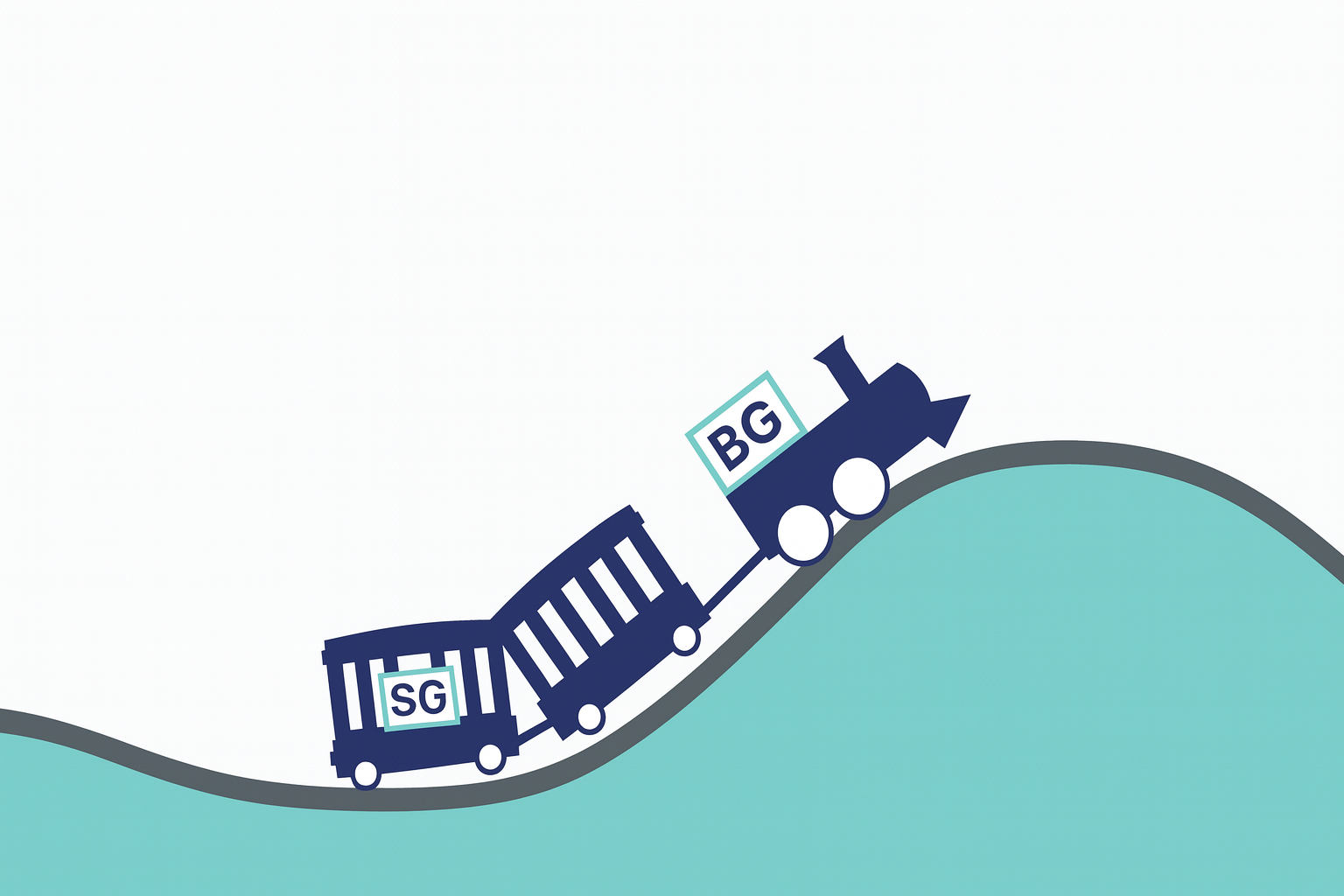
A helpful way to think about it is the “train over the mountains” analogy:
- The train engine (BG) represents blood glucose.
- The wagons (SG) represent sensor glucose.
- On a steep climb or drop, the engine is ahead of the wagons.
- Over time, on flat terrain, the wagons catch up and align again.
This explains why fingerstick results can differ from sensor readings when glucose is changing rapidly.
If the difference is more than ~20% and cannot be explained by timing or trends, perform a calibration in the Blood Glucose Dashboard. Only calibrate when glucose is stable. Replace the sensor if discrepancies persist.
7. Electromagnetic Compatibility
The GlucoSensor™ Continuous Glucose Monitoring System (CGMS) has been tested in accordance with international medical device standards (IEC 60601-1-2) to ensure safe and reliable operation in typical home and healthcare environments.
Accuracy
- When glucose ≥ 4.2 mmol/L (75 mg/dL): sensor accuracy deviation does not exceed ±20%.
- When glucose < 4.2 mmol/L (75 mg/dL): sensor accuracy deviation does not exceed ±20 mg/dL.
Use near other devices
- Portable and mobile radio frequency (RF) equipment such as smartphones, Wi-Fi routers, or walkie-talkies may cause electromagnetic interference.
- Avoid using the CGM system directly next to or stacked with other electronic equipment. If such use cannot be avoided, monitor the system to verify it operates normally.
Strong electromagnetic fields
- Do not use the GlucoSensor™ during an MRI scan or near high-power industrial equipment, as strong fields may damage the device or cause inaccurate readings.
- Keep the system away from powerful radio transmitters or environments with heavy electromagnetic noise.
Safe distance
Maintain a safe separation distance between the CGM system and RF transmitters. As a rule of thumb: the higher the transmitter power, the greater the distance required. If in doubt, keep at least a few meters away from strong sources of RF energy.
8. Explanation of Symbols
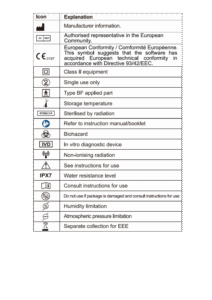
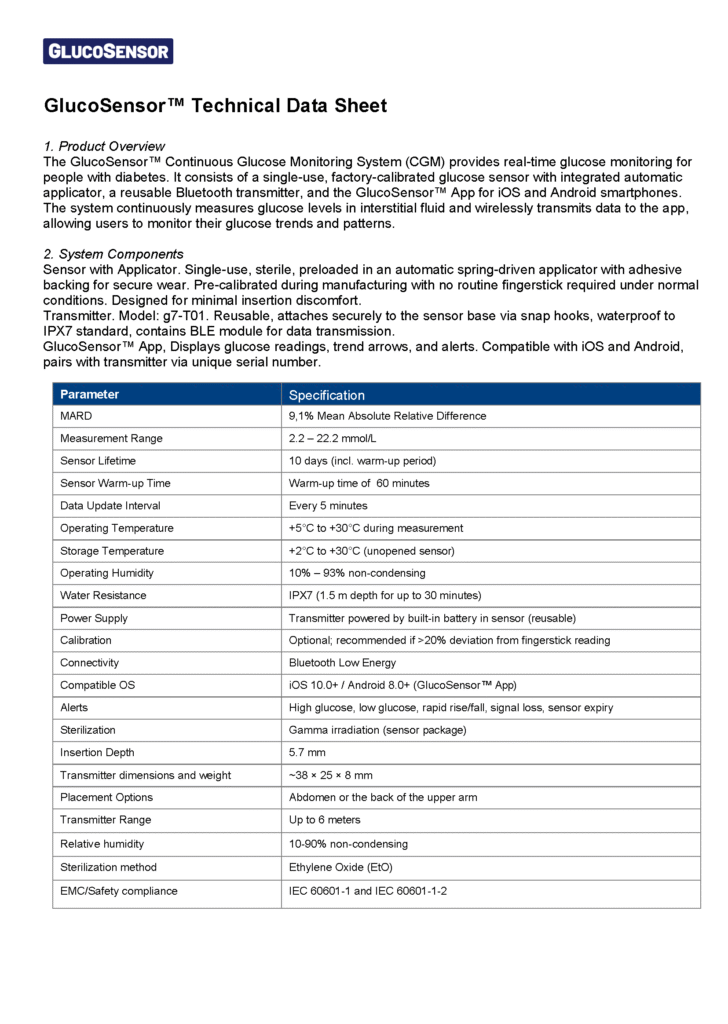
Disclaimer and Legal Information
The GlucoSensor™ Continuous Glucose Monitoring System (CGMS) is intended to provide supplemental information for managing glucose levels.
- It must not be used as the sole basis for making therapeutic decisions.
- Always confirm with a fingerstick blood glucose test before adjusting therapy.
- Consult your healthcare professional for diagnosis, treatment decisions, and medical advice.
For full legal terms and policies, please refer to the following documents on glucosensor.com: